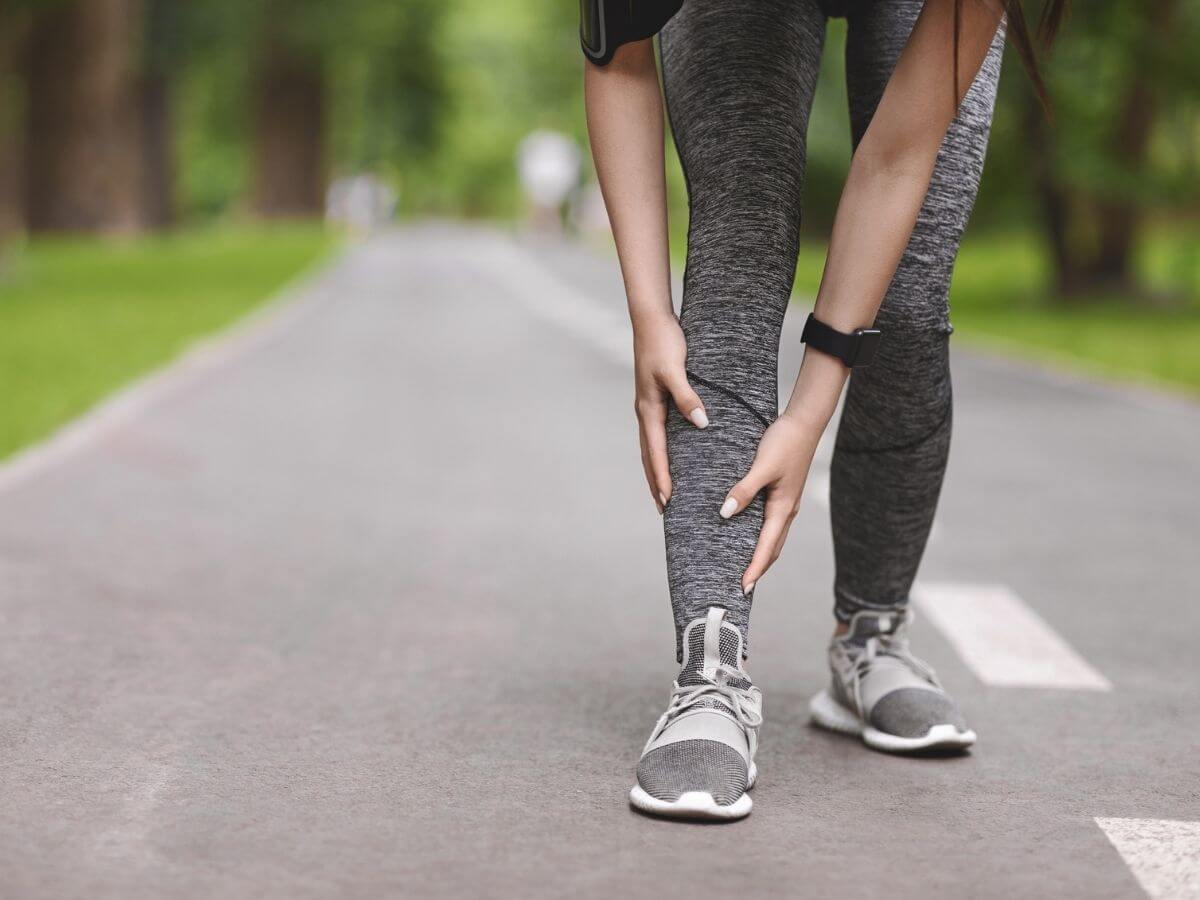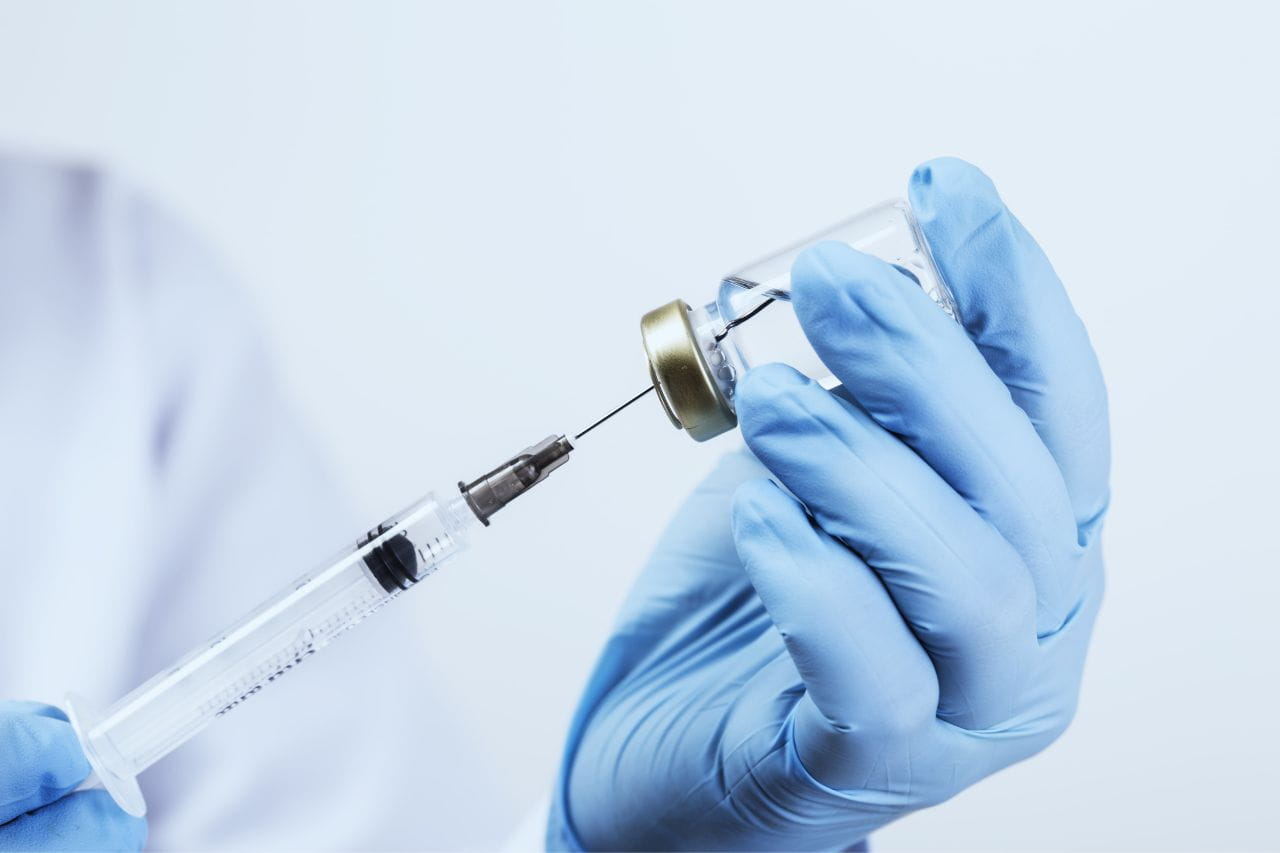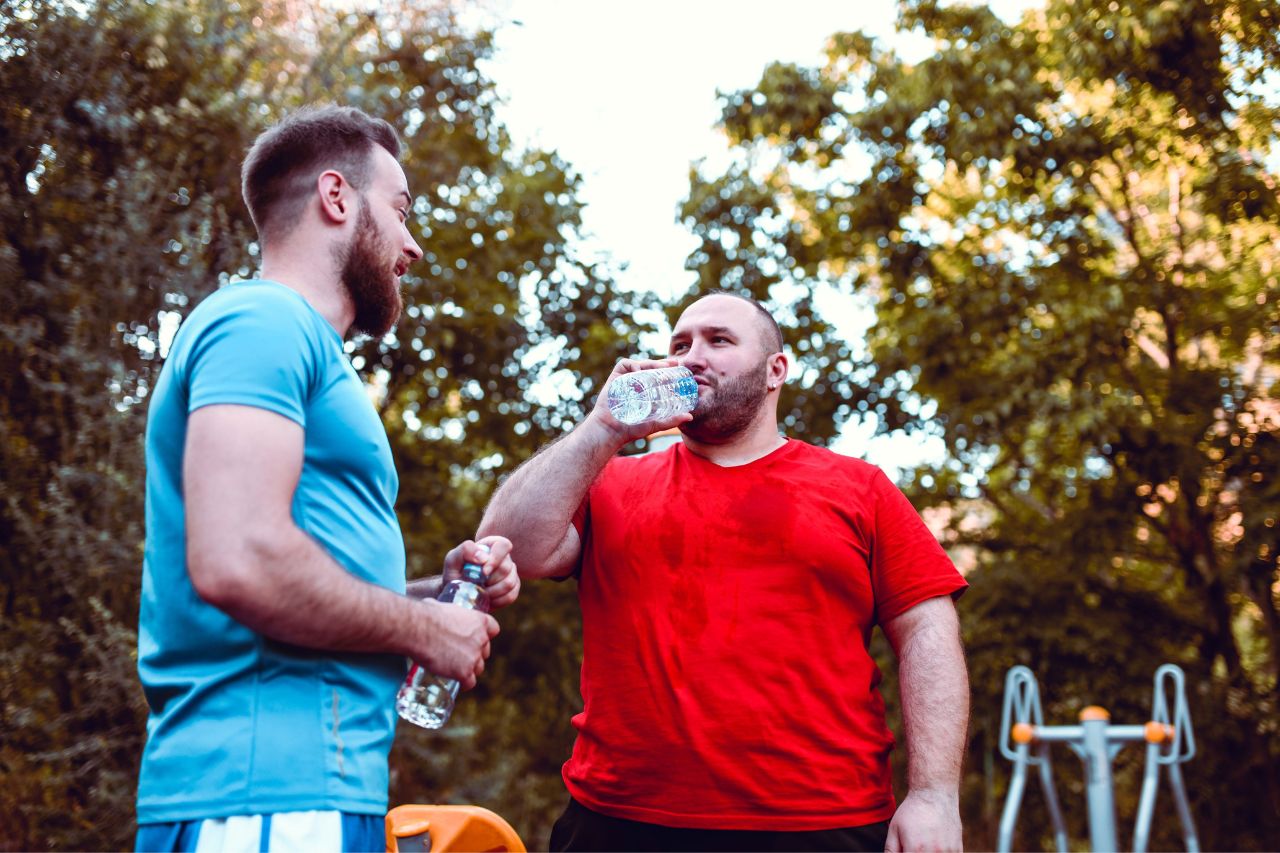What Are Shin Splints and How Do I Get Rid of Them?

What’s commonly referred to as “shin splints” is pain along the inner edge of the large bone in the lower leg called the tibia. It can affect one or both shins.
Known by doctors as medial tibial stress syndrome, shin splints are common in runners, dancers, and other athletes, particularly when they start an exercise program or increase their activity level significantly, such as running more days per week or longer distances.
What Causes Shin Splints?
Shin splint pain is caused by inflammation of the muscles and tendons around the tibia, as well as swelling in the bone tissue. This inflammation occurs as a result of overworking the legs.
Shin splints produce soreness and tenderness along the shinbone. You may also notice mild swelling. Initially, shin splint pain may subside when you stop an activity. However, as the condition progresses, the pain may become continuous. If you don’t take action to address shin splints, you may eventually suffer a stress fracture.
Never Miss a Beat
Get the health and wellness news that matters most delivered straight to your inbox. Subscribe to our free email newsletter to stay up-to-date on the latest news and more.
How Are Shin Splints Diagnosed and Treated?
Your doctor diagnoses shin splints based on your reporting of the pain along with a physical exam. In some cases, they may order X-rays to better understand the possible causes of your shin pain.
Shin splints are treated using:
- Rest. While recovering from shin splints, you should avoid the activity that has caused them. But that doesn’t mean you should be completely inactive. If, for example, your shin splints are caused by running, you should take some time off from that but can do lower-impact activities like biking or swimming to help maintain your fitness level. The length of time you need to rest will depend on how severe your shin splints are.
- Ice. Apply ice to the affected shin(s) up to eight times per day for 15 to 20 minutes per session to reduce the swelling and pain. Be sure to avoid damaging your skin by wrapping the ice pack in a towel.
- Over-the-counter pain relievers. Medications like ibuprofen (in products like Advil), acetaminophen (Tylenol), and naproxen sodium (Aleve) can help reduce the pain of shin splints.
When you can run and jump without pain and it no longer hurts to press on parts of your shin(s) that were painful before, those are signs that you’ve healed sufficiently to gradually resume your normal activities.
Can Shin Splints Be Prevented?
There are actions you can take to reduce the risk of developing shin splints. They include:
- Wearing shoes that provide proper support for the activity and replacing them as needed
- Wearing arch supports if you have flat arches
- Increasing your activity level gradually
- Cross-training with lower-impact activities
- Doing strength training exercises designed to stabilize your ankles, knees, hips, and core
Talk with a Baptist Health Physician About Shin Splints
If you think you have shin splints, your Baptist Health provider can diagnose your condition and prescribe treatment to help you get back to enjoying your activities. If you don’t yet have a provider, you can use our online directory to find one.
Next Steps and Useful Resources
Find a Provider
How To Avoid Knee Pain When Running
Pronation vs Supination: Causes, Symptoms and Treatments
How to Strengthen Your Knees: 7 Helpful Home Exercises
Plantar Fasciitis or Stress Fracture? Understanding the Differences

.jpg?rev=5ec7fdcba4b24c3bbdb6146dc1d3a1e5)

